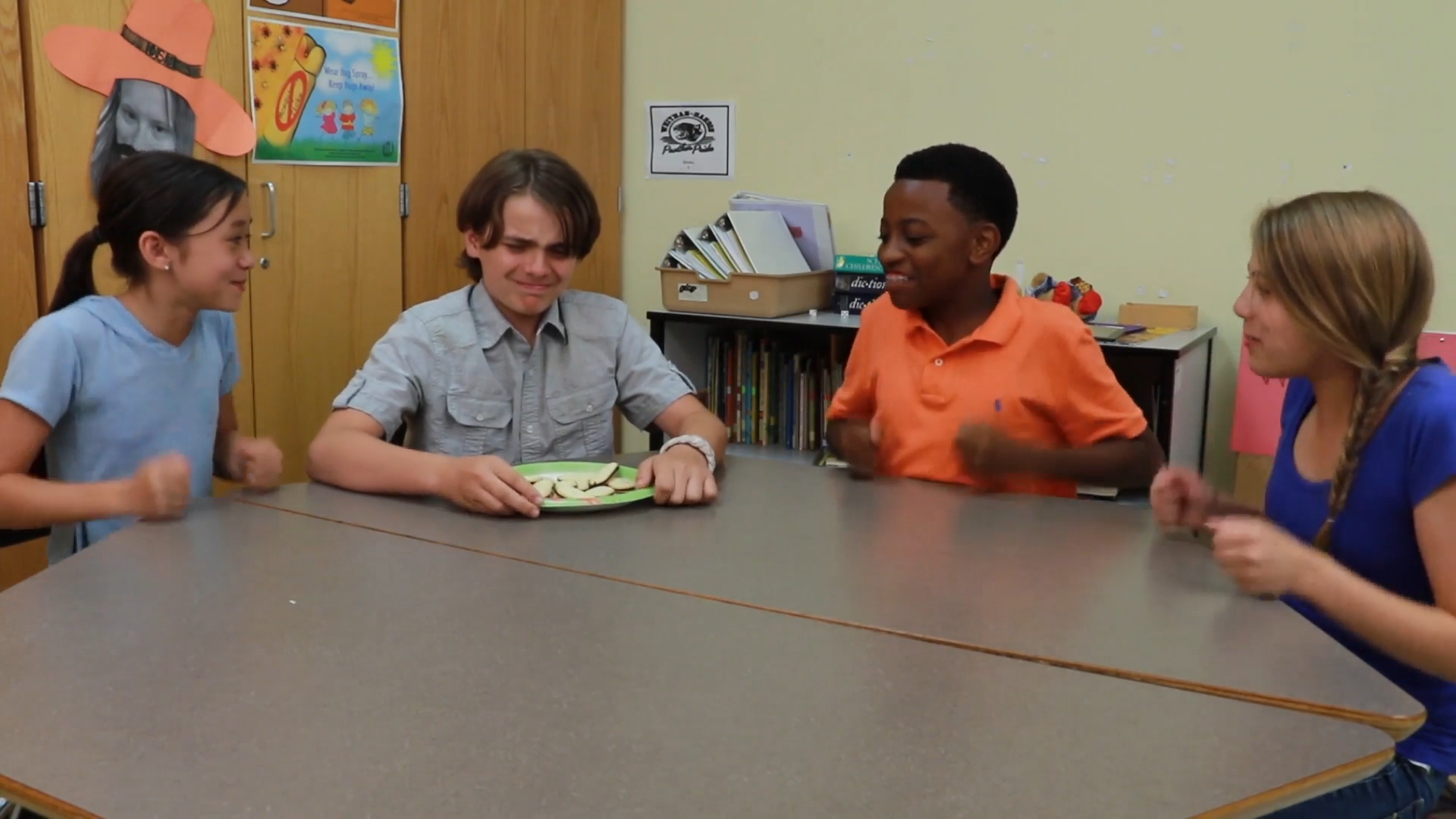
Introduction
Group pressure is a common challenge many students face, especially those in special education settings. It occurs when individuals feel compelled to conform to the expectations or actions of others, even if they don’t want to. This can be particularly difficult for students who want to be liked and accepted by their peers. As educators, it’s essential to teach students how to handle group pressure and make their own decisions without compromising their values. By incorporating principles of Social-Emotional Learning, we can help students develop the skills they need to navigate these challenging situations with confidence and assertiveness.
No-Prep Activity
One effective no-prep activity to teach students how to handle group pressure is the “Role Play Scenarios” activity. Have the students form pairs or small groups and provide them with a list of common scenarios where they might experience group pressure. Examples include being asked to cheat on a test, participate in gossip, or engage in risky behavior. In each scenario, one student will play the role of the person exerting pressure, while the other student will practice responding assertively and confidently. Encourage the students to switch roles and try different scenarios to gain experience in handling various situations.
Discussion Questions
- Why do you think people sometimes give in to group pressure even when they know it’s wrong?
- How can we identify situations where we might be pressured by others? What are some warning signs?
- What strategies can we use to stand up to group pressure and make our own decisions?
- How can we support our friends when they are experiencing group pressure?
- What does it mean to be a good friend, and how can we ensure we are not pressuring others?
Related Skills
Teaching students how to handle group pressure is closely related to other essential Social-Emotional Learning skills, such as:
- Assertiveness: Learning to express thoughts, feelings, and needs in a respectful and confident manner
- Empathy: Understanding and sharing the feelings of others, which can help students be more supportive and less likely to pressure their peers
- Decision-making: Developing the ability to make responsible choices based on personal values and beliefs
- Communication: Practicing effective verbal and non-verbal communication skills to convey thoughts and feelings clearly and respectfully
Next Steps
Helping students navigate group pressure is an essential aspect of their social and emotional development. By incorporating these activities and discussions into your curriculum, you can empower your students to make their own decisions and stand up to peer pressure with confidence. To access more resources and free sample materials related to this skill and others, please visit Everyday Speech’s Sample Materials page and sign up for a free account. Together, we can support our students in becoming more resilient, assertive, and compassionate individuals.

